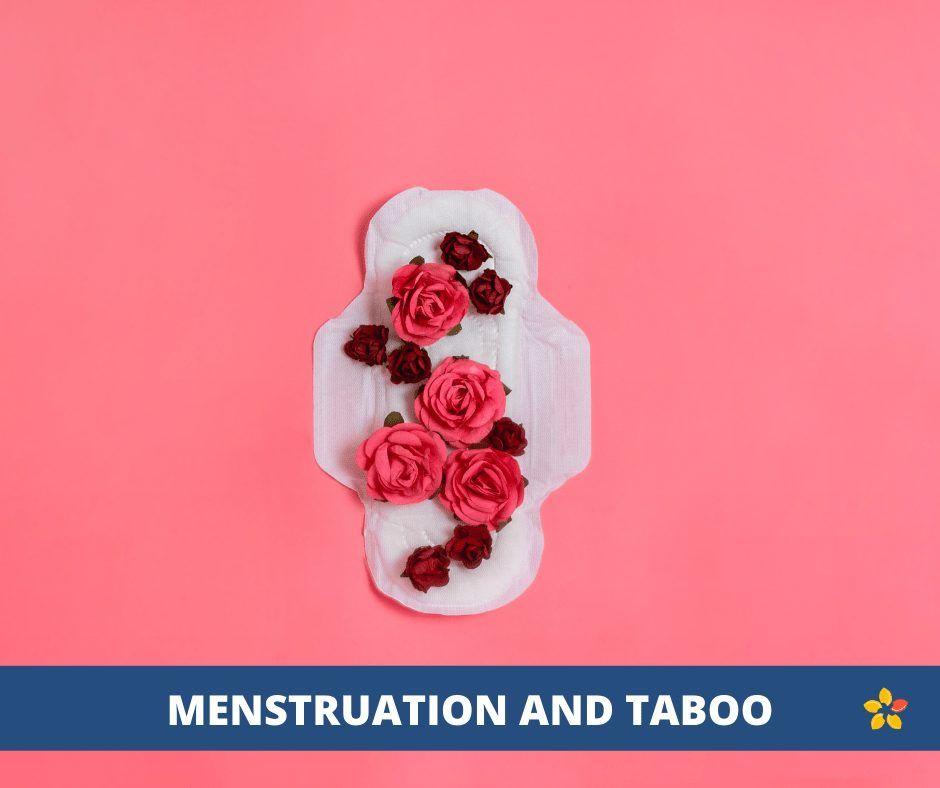The oral contraceptive pill, otherwise known as “the pill” was so influential enough to earn this title.
The pill allowed women to be free in new ways, to be both sexually liberated, and to regulate when they wanted to be pregnant, allowing them to start new career paths, try all kinds of different things, and go forth with autonomy.
The pill is called one of the most significant medical advances in the last century, the pill was developed in the United States in the 1950s by Doctors John Rock and Gregory Pincus, but there were other ideas before this revolutionary medical achievement.
In ancient Egypt and Crete around 3000 BCE, there were early developments of condoms that they would make from animal or fish intestines or linen sheaths. One of the earliest primary and secondary sources say that the first person to use a condom was King Minos of Crete. His wife, Pasiphae, famous for birthing the Minotaur, was said to use a goat’s bladder placed in her because King Minos’ semen was rumored to contain scorpions and serpents that killed his mistresses.
In Ancient Egypt the men would wear linen sheaths and the goal was less about preventing pregnancy, but to stop tropical diseases. The men would also wear different colored linens based on their social status in the hierarchical society. And then, around 1850 BCE, the Egyptians developed some of the first spermicides by adding fermented dough and crocodile excrement.
The Romans also created their own kind of condoms. Like the Egyptians, it wasn’t about preventing pregnancy, but rather their interest in public health and protection against venereal diseases like syphilis. Condoms were made out of linen as well as the intestine and bladders of goats.
During the renaissance, scientists started to better understand human anatomy based on dissections, and they also still used linen and goat intestines for creating a sort of condom. Gabriele Falloppio who was an Italian biologist who first described the Fallopian tube talked about how the sheath of linen would be used by securing a ribbon around it and then lubricated with spit. He actually conducted experiments on 1,100 men who used the linen condom and it helped all of the men avoid syphilis.
In England, the use of utilizing the animal intestines for condoms became common practice because one of the most common causes of the death of English soldiers during the English Civil War was syphilis. Condoms of animal intestines were thus sent to the army to reduce transmission when they slept with prostitutes. King Charles II had a number of illegitimate children and so to stop having all of these bastard children his doctor, Colonel Condom, made him an early sheath out of sheep intestine. The word “condom” comes from the name of this doctor.
In the 1700’s the use of the condom became widespread, whore houses would sell them before escapades with the prostitutes. The linen sheath stopped being sold because the animal intestines were more comfortable, but they were still not as available to the lower classes due to a lack of education of STD and the high prices.
It wasn’t until 1855 when the first rubber condom was created. It was actually made by a man named Charles Nelsond Goodyear, he had experimented with making rubber for a long time, and finally in an accident in his laboratory, he was finally able to stabilize the substance. He created the first condom out of rubber, it was 2 mm thick with a seam down the middle, the ones we use now are about 0.06mm thick. And they were reusable, they would be washed out after use and then greased with a lubricant like vaseline, and then stored in a wooden box until the next sexual activity. The playwright George Bernard Shaw called the condom the greatest invention of the century. You might recognize the name Goodyear from the famous tire company, they named their company after this man who invented rubber, and dare I say, rubbers?
Then in 1873, the Comstock Act, an anti-obscenity law, prevented both the sale of contraceptives and all sharing of information on preventing pregnancy until 1936. It made illegal the US Post Service to mail any kind of contraceptive or sex toy. Not only did they pass this act, but in 1907, the US instituted public policies that gave the government the right to sterilize anyone considered insane, dependent, or diseased. These laws first enacted in Indiana and then put into place by thirty other states by 1929 disproportionately affected Native American and Black Women.
So in 1914, the public health nurse Margaret Sanger decided to do something about this. She coined the term “Birth Control” and said that “enforced motherhood is the most complete denial of a woman’s right to life and liberty.” She fought to make contraceptives legal and available to women in the US. She started her first birth control clinic, the first in the US in 1916 in Brownsville, Brooklyn. In 1917 the court of New York sentenced Sanger to jail for 30 days. When she was released, she reopened her clinic and was constantly back and forth between jail and reopening her clinic. In 1918 in the People v. Sanger, the New York State Court of Appeals reversed the criminal charges against Sanger and declared that the state’s limitations on giving out birth control were unconstitutional because they stepped upon women’s rights. In the same year, black women at the Women’s Political Association of Harlem held the first public lecture on contraception.
At the same time in Europe, World War One was raging on and saw the deployment of weapons as well as condoms to the German army. The American and British armies did not get condoms in their packages of munitions, and thus it was found that there was a huge amount of soldiers with gonorrhea and syphilis. Meanwhile, on the German side, an inventor named Julius Fromm created a thinner condom with no visible lines called Fromm’s Act.
Margaret Sanger founded the American Birth Control League in 1921 which slowly morphed into the first Planned Parenthood. And it wasn’t until 1923 that Sanger could open a clinic legally. And at this point she had to agree to give out birth control for medical reasons. In the 1920’s there was also the advent of latex which is what we still use in condoms today.
In 1936, the US Court of Appeals ruled in US v. One Package that the Comstock laws violated the constitution, so birth control and sex toys could finally go through the mail. So then by 1939, there were about 400 birth control clinics all over the country, and the Birth Control Federation of America changed its name to Planned Parenthood.
In the 1950’s, based on the funding of philanthropist Katharine Dexter McCormick, John Rock, a gynecologist at Harvard Medical School, and Gregory Pincus, a biochemist at the Worcester Foundation for Experimental Biology started to work on the pill which used progesterone and estrogen to push back the ovulation in menstruators. It was finally approved by the FDA in 1960 and became known as “The Pill.”
With the pill women were able to have sex before marriage, they could work without fearing pregnancy, and the sexual revolution occurred. By 1965 6.5 million American women were taking the pill daily, and now 100 million menstruators take the pill everyday. We’ve come a long way with contraceptives, there are now more options than ever, and we go through everything you need to know in our other blog articles.








